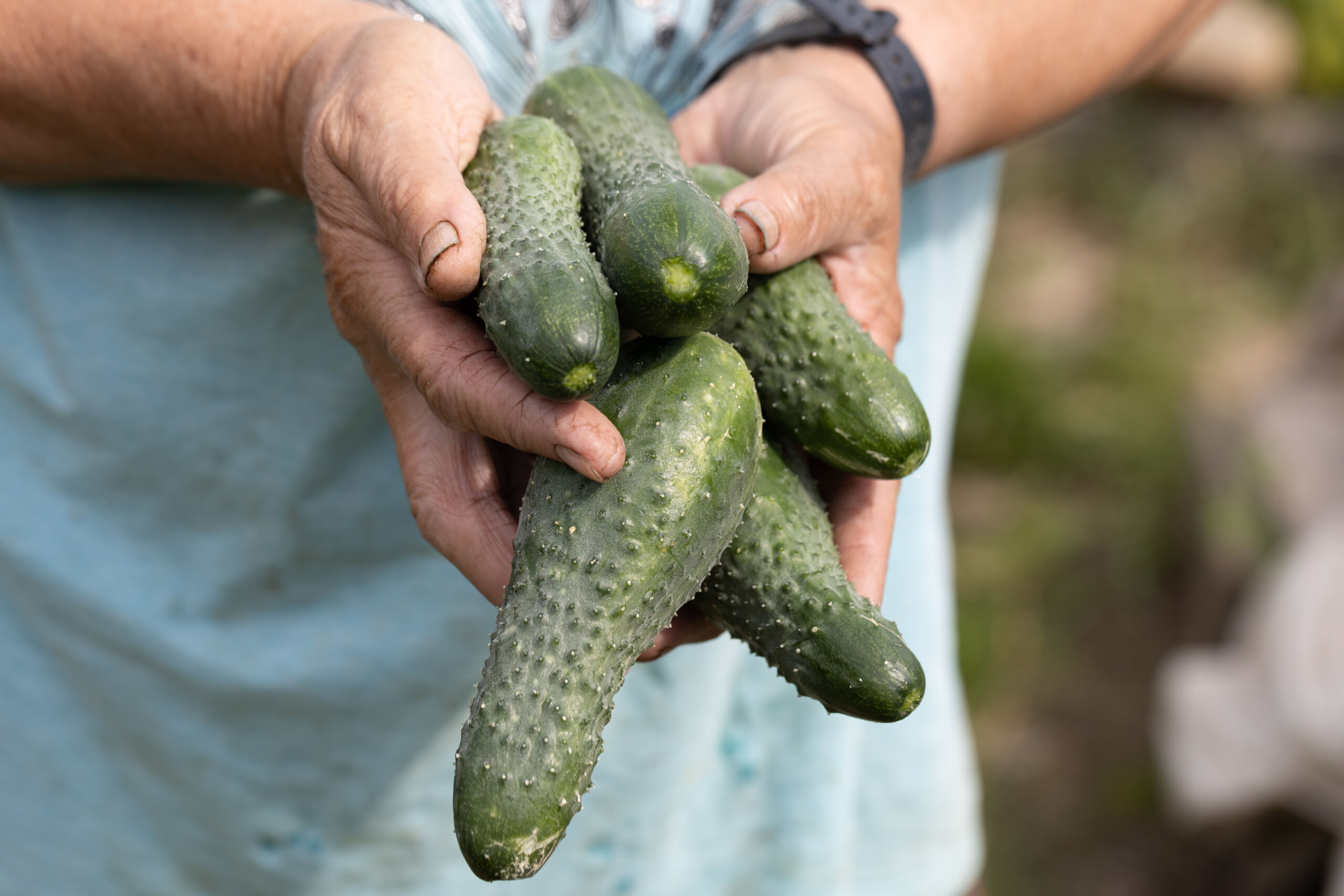Safely Shopping at Farmers’ Markets: A Food Safety Guide for Foodservice Operators and Chefs
Tayler Greenwood2025-06-10T19:28:11+00:00Farmers’ markets are an appealing source of fresh, local, and seasonal ingredients for individuals and families across the United States. They also provide [...]
















